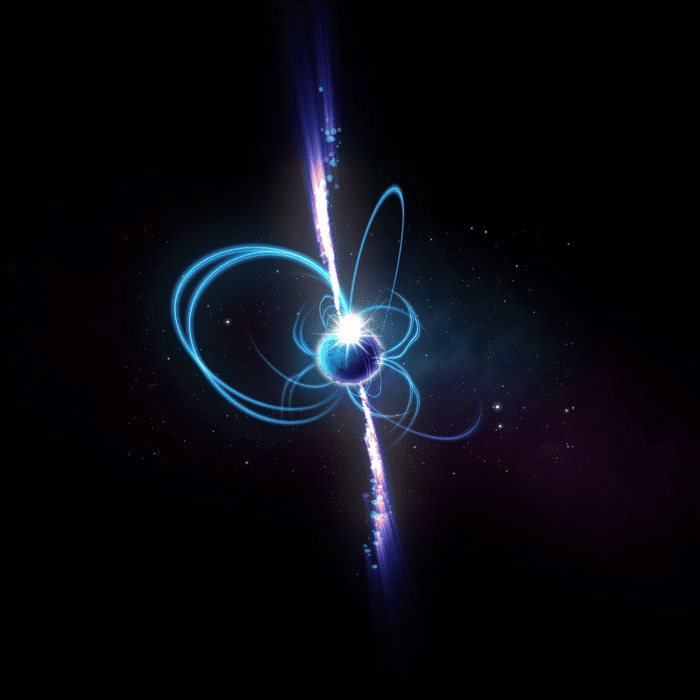Astronomers from the Curtin University node of the International Centre for Radio Astronomy Research (ICRAR) in Australia have found something unlike anything previously seen. Researchers suspect it could be a completely new type of star.
A team mapping radio waves in the cosmos has discovered something unusual that releases a giant burst of energy every 18 minutes. They believe it could be a neutron star or white dwarf with an insanely strong magnetic field — something that hasn’t been observed until now (and researchers weren’t even sure can exist).
“This object was appearing and disappearing over a few hours during our observations,” said Natasha Hurley-Walker, who led the team that made the discovery. “That was completely unexpected. It was kind of spooky for an astronomer because there’s nothing known in the sky that does that.”
The object in question lies only 4,000 light-years away — technically far away, but still in our galactic neighborhood. It was discovered using the Murchison Widefield Array (MWA) telescope in outback Western Australia. The MWA’s wild field of view made it perfect for detecting the unorthodox object. But even equipped with this tool, it was challenging to find it.
These strange patterns of behavior which can’t be physically observed are called ‘transients’. But no transient like this one has been discovered so far.
‘Slow transients’, such as supernovae, can appear over the course of a few days and disappear after a few months. The other side of the spectrum are ‘fast transients’, such as a pulsar. These flash on and off within milliseconds or seconds.
However, discovering something that illuminated for only a minute didn’t seem to fit with either of those. The new mysterious object was incredibly bright and smaller than the Sun, emitting highly-polarized radio waves, suggesting the entity had an extremely strong magnetic field.
Hurley-Walker said the observations match a predicted astrophysical object called an ‘ultra-long period magnetar’ — a magnetar being an exotic type of neutron star with an extremely powerful magnetic field. So far, it’s only been something thought to exist, but never actually observed.
“It’s a type of slowly spinning neutron star that has been predicted to exist theoretically,” she said. “But nobody expected to directly detect one like this because we didn’t expect them to be so bright. Somehow it’s converting magnetic energy to radio waves much more effectively than anything we’ve seen before. More detections will tell astronomers whether this was a rare one-off event or a vast new population we’d never noticed before.”
The study was published in Nature.
Was this helpful?




